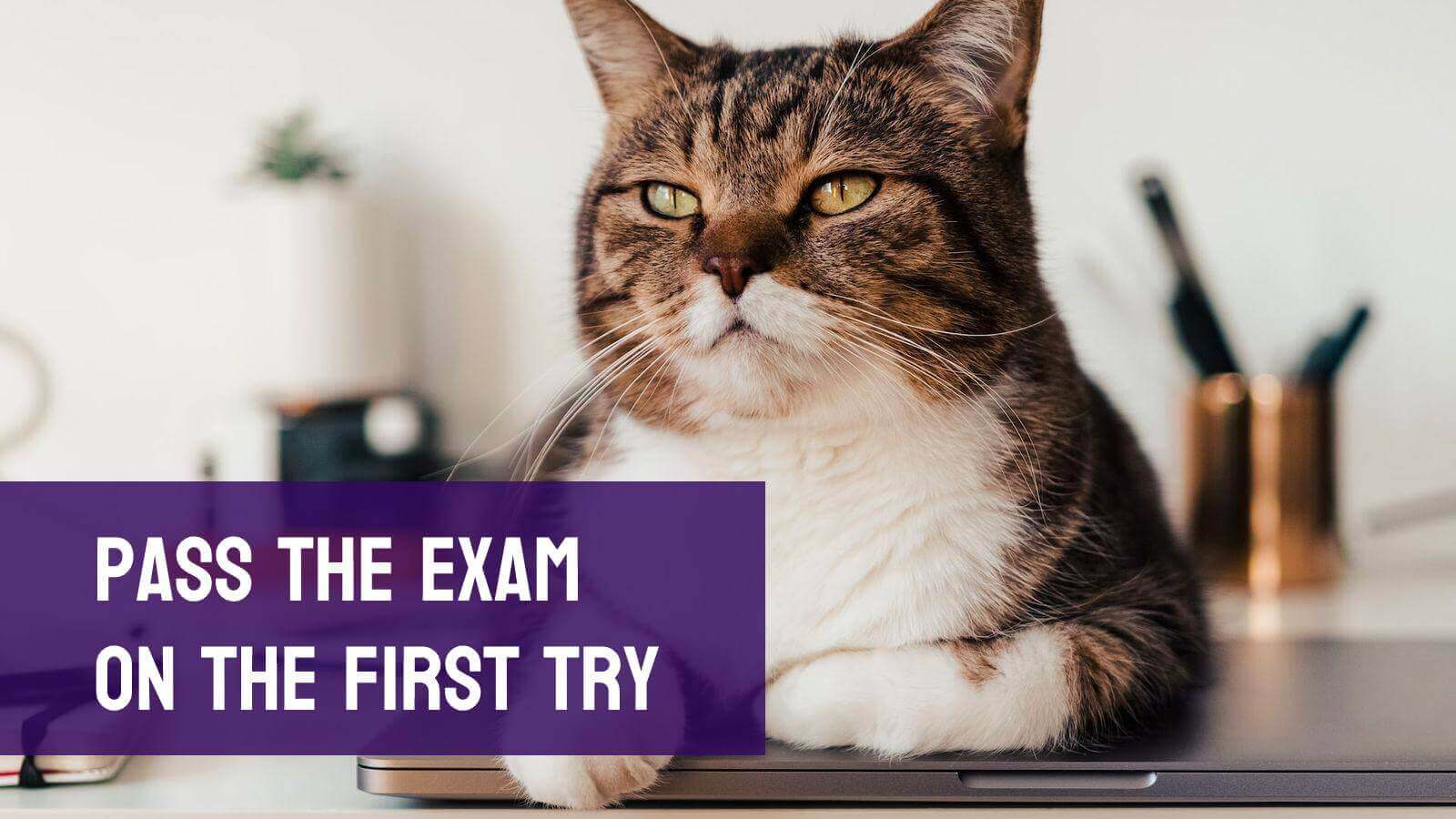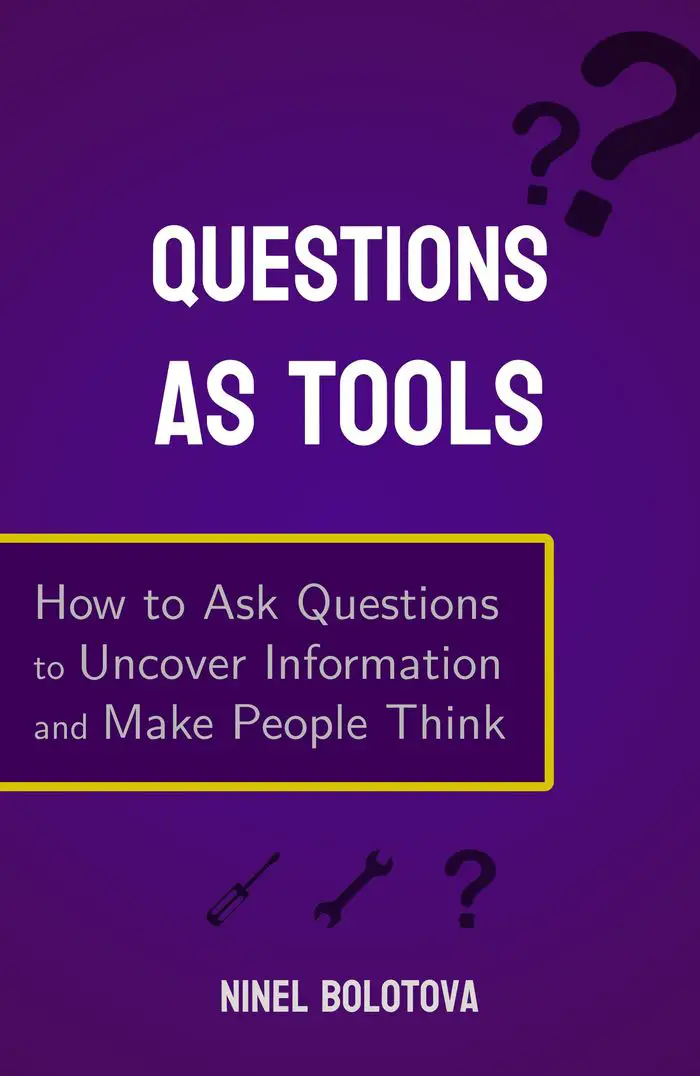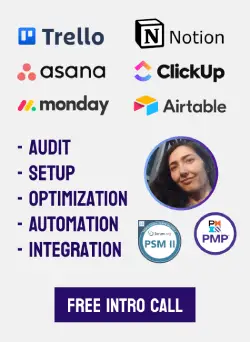How to Pass the Certification Exam on the First Try – Study Tips
So, you figured out why you want to get certified, checked and compared the options, and chose a credential you want to pursue. It would be great to pass the test the first time you attempt it. Is there a way to prepare that would guarantee such success?
I’m not giving you a 100% success guarantee (and you should be wary of people who claim they do). But I’ll share an approach that would increase your chances greatly.
Using this approach, I passed the PSM II exam, aced my PMP, and did very well on IIBA-AAC… And utterly failed IIBA-CPOA – but then again, in that case, I missed doing some things I describe below.
The main points to successfully pass the exam are:
- Understand the exam outline
- Check the sample questions
- Read about the others’ experiences
- Figure out your study methods
- Set and maintain your pace
- Get deeply comfortable with the material
- Test the exam setup in advance
- As you take the exam
Let’s discuss them in detail.

photo by @ijeunes on Unsplash
1. Understand the exam outline
First and foremost, you need to know what kind of beast you’ll be dealing with. Check the exam outline – you can find it linked to the exam page or in a downloadable handbook/guide. Now read through it and do a gut check.
How comfortable are you with each of the topics and points in the outline?
Does it give a sense of familiarity? If you were to sit for the exam right now, how confident do you feel answering questions and doing tasks related to each of those points? If you were to give a presentation about a certain topic to people who don’t know anything about it, would you make your listeners get it the same way you get it?
Remember your initial feeling. That would be your confidence baseline.
This will give you an initial idea of what your weak points are, and what you should pay special attention to in your studies and practice. But even with the points you feel confident about at the first glance – double-check to make sure your understanding aligns with what the exam creators had in mind.
2. Check the sample questions
Some certification providers share a few (up to 10) questions that are similar to those you’ll see on their exam. Many providers have official exam simulators aligned with the latest version of their test. Those might include a small percentage of questions that are in the final exam pool.
For well-known certifications, there are also questions and exam simulators by third parties that claim to have questions similar to the actual exam questions. However, a few words of caution:
- Exams are updated every few years. The questions might be inaccurate or out-of-date, especially with the free sets.
- It’s forbidden to copy the exam questions in any form, so beware of anyone who claims they leaked the actual exam questions.
Keep those in mind, and use the questions you found online at your own discretion.
Mark your score the first time you answer the sample questions. That would be your score baseline.

photo by @iritike on Unsplash
3. Read about the others’ experiences
Check Reddit, Quora, and other forums for threads where people are sharing their experiences preparing for and passing the exam you want to attempt.
As you read their stories, watch for the recurring themes.
Which book or course name comes up multiple times? Are there some areas different people highlighted as hard? What was their overall experience like?
It doesn’t mean you should take the same route, but it’ll give you some initial pointers. Maybe you’ll learn about study materials and tips that you’ll find useful. Or perhaps you’ll just be reassured that you’re firmly on the right track with your studies.
If almost no one shares their experiences on the subject of your exam, think about why it is like this. Is it too new? Too niche? Doesn’t engage people enough to share? You could start a thread on a platform where people have discussed the other exams by this provider and ask if anyone took the test you’re interested in.

4. Figure out your study methods
There are two levels to your way of studying. Let’s call them “strategy” and “tactics”.
Strategic level is your general preference for how you study, based on how much guidance you receive and how many interactions you have with others:
- Study groups
- Enrolling in a course
- Individual lessons
- Self-education
Most of the time, more than one method is used in the course of preparation. I’ll analyze their advantages and shortcomings in another article – stay tuned.
The tactical level is how you process the material itself, and the techniques you’re using.
Here’s a breakdown of a few study techniques you can try out and some helpful study tips from the University of St. Augustine for Health Sciences. Have you ever heard of the PQ4R method? Check them out.
Try out different methods and techniques and see what feels the most fulfilling and helps you progress the most.
Related: How to do online research efficiently: the strategy guide.

photo by @skysakura on Unsplash
5. Set and maintain your pace with measurable goals
Like with many things in life, consistency is the key. Try to do something related to your studies every day. If you have a free minute, read an article or a few pages from a book, or quiz yourself on the topics.
Of course, you should also have regular dedicated study sessions, but those short tune-ins will go a long way toward helping your brain absorb the material.
To measure progress, let’s use some intermediary goals to measure against. Before you start a week or a study session, ask yourself questions like:
- How much material am I planning to process during this session? During this week?
- What topics do I aim to cover?
Then make an assumption about your plans. For example: “I’ll go through two chapters and call it a day. Optionally go further if I feel like it”. Or “I’ll study for two hours and do as much practice as I can during that time”.
Courses help with structuring things but the goal-setting and measuring are still on you, especially with the self-paced courses.
At the end of the session or week, check how your progress measures against your assumption. Did you hit your goal? Exceeded it? Fell short on it? Do you feel like you made progress, but it’s hard to tell if the goal was met (“How good am I at this topic, really?”).
Intermediate goals are there to help you pace yourself, stay focused on the objectives, and help you see where the strong and weak points are.
Do you need to allocate more time to your studies? Try another technique? Improve your knowledge of foundational or related topics?
Measurements are relative – you’re comparing your progress to your assumptions, comparing your current self to yourself from the recent past. The goals and milestones aren’t for comparing yourself to other people and their achievements, and aren’t a target in and of themselves. They’re used to help with mapping your way toward your ultimate goal.

photo by @dimitry_b on Unsplash
6. Get deeply comfortable with the material
Depending on your intensity of studying, return to the outline every 4-7 days and check how your confidence baseline changed since the last time. Aim for the feeling that you could easily explain all topics to people who are new to the subject – and have them understand it so well that they could accurately explain the gist to someone else.
And try to actually do it. As you struggle with a coherent explanation of the topic that felt so obvious when you read about it, you’ll feel where your limits are and what you should practice further.
Related: How to get your understanding to an intuitive level.
Using the exam simulators
Remember: your goal isn’t to memorize the answers but to have a deep understanding of the topic and the question’s logic to pick the right answer.
Once you start recognizing the questions and the answers, the efficiency of practicing will decrease rapidly.
Even if the simulator has hundreds of questions, they’ll start repeating faster than you know. Make the most out of the exam simulator you purchased.
When you did a round of questions, note how many you got correctly, contemplate why you picked the wrong answers – and then try to forget them. Don’t touch the questions as you study and improve your knowledge for a few more days, then try again.
Monitor how your score changes, and compare it against the score baseline and your previous attempts. Aim to get to at least 10-15% higher than the passing score. For example, if the passing score for your exam is 70%, try getting at least 80-85% three times in a row.
Learn to identify the false options
Another thing to practice in the simulators is what I’m calling “flash-discard”.
As you read the exam question, identify at least two false options and concentrate on weighing the two most likely options against each other. If at the first glance more than two options feel like: “Eh, this might be right” – it means you aren’t comfortable with the material yet. Read and practice some more.
Bring it to the point where you could discard at least two obvious non-answers the moment you see them.
If you find yourself flash-discarding the correct option, think about why it happened. Did you get confused with the way the answer was phrased? Maybe you weren’t paying enough attention because you were distracted or tired?
Of course, some questions will have more than one correct option, and you’re lucky if the question mentions the number (“select 2 that apply”) and doesn’t just say “select all that apply”. That’s yet another reason why you should deeply “get” the material and feel confident in telling the correct options from those that are “kinda correct” on the surface.
Learning from multiple sources helps with this. You read about something once, and you understand it. Read about it a few times, from different angles – and you start feeling that you get it. And oftentimes, while you aren’t sure what the answer is yet, you look at the option and know that this can’t be right.

photo by @arsalann on Unsplash
Questions that aren’t multiple-choice
Most of what I wrote in this chapter was about the questions where you need to pick an option: multiple-choice or true/false.
Depending on your exam, there might be questions where you need to perform a small task, write an answer to an open-ended question, and so on. The obvious advice here is to practice the tasks you’ll encounter.
For example, the 3rd level of Professional Scrum Master certification mostly has the essay questions. Here’s the guide on how to manage your time and practice answering essay-type questions.
7. Test the exam setup in advance
The last thing you want on your exam date is realizing your PC doesn’t support the secure browser for online proctoring, or getting stuck in a traffic jam on your way to the test center and being half an hour late.
Check your system in advance for the online exam. For the test center exam, make sure you know where the entrance is and how much time it takes to get there, so you can arrive early.
If you’re not sure if it’s best for you to sit for the exam in a test center or at home, see my take on the pros and cons of online proctored testing.
8. As you take the exam
Your body and mind are fresh and well-prepared to sit for the exam. You feel a slight tingle of anxiety – or, rather, excitement. After all the studying and preparation, it’s time to take the final challenge.
Go through the questions and answer those you’re confident about. Some questions will be obvious at this point and you know the answer the moment you read the options. Most will require some consideration and weighing different options, but you won’t feel stuck.
However, if you stare at a question for a good minute and are still not sure what the correct options are, give your best answer and mark it as “needs review” – you’ll be able to go back and review your answers before submitting.
- It’s quite possible that some of the later questions will give you tips or trigger your memories
- Re-reading a question after a short break might give you a new perspective.
- You’ll be calmer and pace yourself better knowing exactly how many unanswered questions and exam minutes are left, especially if there’s still plenty of time on a clock.
Conclusion
Your state of mind is very important. Learning is a wonderful and invigorating experience, so first and foremost, enjoy it as you study and practice.
Good luck with your exam!

 Ninel Bolotova is a workflow expert with a number of certifications in project management. She enjoys challenges related to process setup, automation and optimization.
Ninel Bolotova is a workflow expert with a number of certifications in project management. She enjoys challenges related to process setup, automation and optimization.